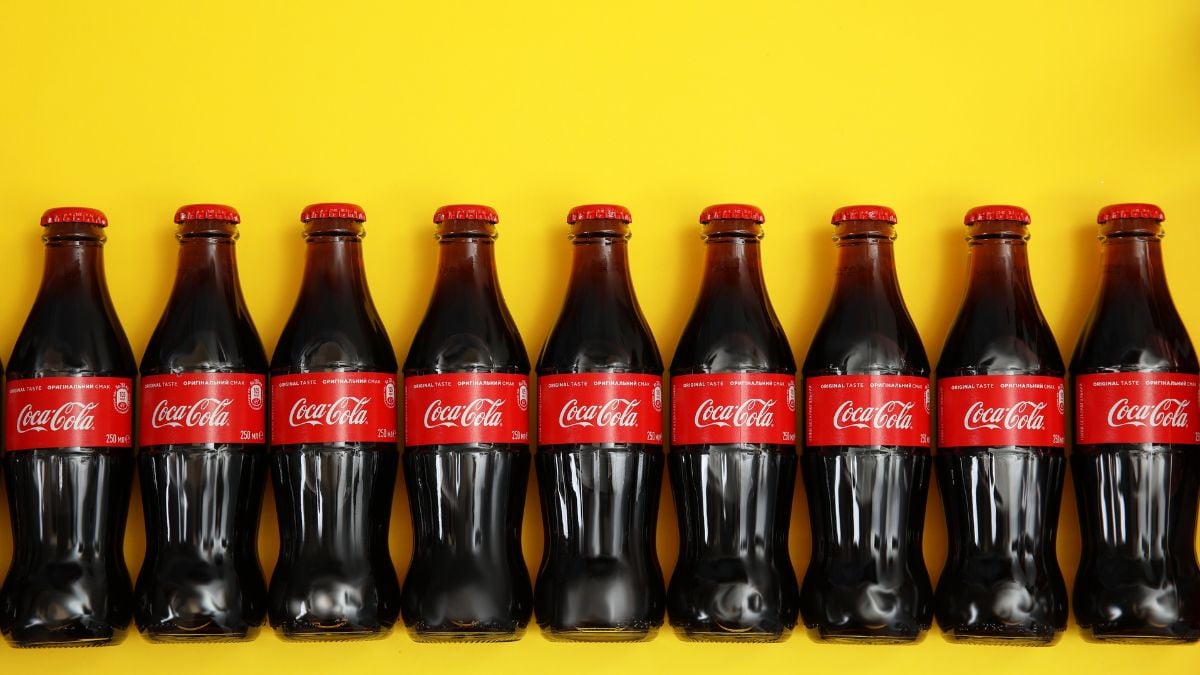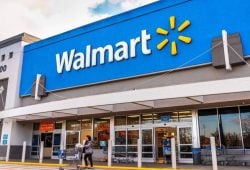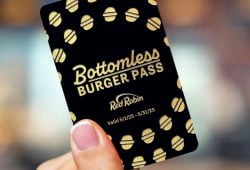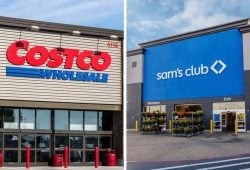
In response to the threats from United States President Donald Trump to impose a 25% tariff on products imported from Mexico, the Latino community has launched a call for a massive boycott against major U.S. companies, including Coca-Cola, McDonald’s, Walmart, and others. Under the slogan “Freeze Latino Movement,” this movement has gained traction on social media platforms such as TikTok, Facebook, Instagram, and X (formerly Twitter), where users have shared messages urging people to stop consuming products from brands they believe do not support Latinos.
The goal of the boycott is to protest against immigration and trade policies that affect the Latino community while also sending a strong message about the purchasing power of this population. Among the brands most affected by this movement are Coca-Cola, Walmart, McDonald’s, and others.
Coca-Cola, the most criticized brand among Latinos
Coca-Cola is one of the most prominent brands in the Latin American market, especially in Mexico, where per capita consumption of the beverage is the highest in the world. However, the relationship between the company and the Latino community has been strained since the beginning of Donald Trump’s second term.
A rumor has circulated on social media claiming that Coca-Cola laid off more than a thousand Latino employees in Texas, who were later detained and deported.
The company sent the following statement to Merca2.0: “The accusation that The Coca-Cola Company called immigration authorities to support the deportation of undocumented workers is completely false.”
Another factor contributing to the backlash against Coca-Cola is the fact that President Donald Trump’s favorite soda is Diet Coke. In fact, the brand even gifted him a special edition bottle to mark the start of his second term.
For those who don’t know why Coca-Cola is being boycotted pic.twitter.com/8RhQK8gxSc
— M.Alberto Pérez Guzmán 🇲🇽🤝🇷🇺 (@sangredepotro) February 2, 2025
What is the “Freeze Latino Movement,” and what are its actions?
The “Freeze Latino Movement” not only promotes stopping the consumption of U.S. products but also aims to exert economic pressure through various strategies:
- Only purchasing essential products and prioritizing those of Latin American origin, especially from Mexico.
- Avoiding shopping at major chains such as Walmart, McDonald’s, and other brands.
- Refraining from making large purchases, canceling subscriptions, and avoiding unnecessary tax payments.
- Supporting local businesses and companies that endorse diversity, equity, and inclusion (DEI).
- Sharing content on social media with the hashtags #LatinoFreezeMovement and #LatinoFreeze.
READ ALSO: Walmart removes Hispanic signage and products from stores
Which brands are Latinos calling to boycott in the United States?
The list of brands included in the boycott is extensive and spans sectors ranging from retail to technology and the automotive industry:
Retail and Commerce
- Amazon
- Walmart
- Target
- Sam’s Club
- Home Depot
- Marshalls
- Ace Hardware
- HomeGoods
Food and Beverages
- Coca-Cola
- Starbucks
- McDonald’s
- Wendy’s
- Dairy Queen
- Baskin Robbins
- Pepsi
- Goya
Technology
- Meta (Facebook, Instagram)
Automotive and Equipment
- Ford
- Tesla
- Toyota
- Harley-Davidson
- John Deere
The economic impact of this movement could be significant, considering that the Latino community is a fundamental pillar of the U.S. economy, with an estimated purchasing power of $2.8 trillion.
Mexican brands, the alternative amid the boycott
The organizers of the boycott are urging Latinos to strategically support Mexican brands. They recommend the following:
- Check the origin of products before purchasing. Mexican products start with the barcode “750”.
- Avoid spending money on products from companies that have shown indifference toward the Latino community.
- Stay informed and spread the message on social media to amplify the movement’s impact.
How many Mexicans live in the United States?
According to 2023 data, approximately 37.99 million people of Mexican origin lived in the United States, making them the largest Hispanic group. In total, the Hispanic population in the U.S. reached 65.22 million in 2023 and is projected to grow to 97.99 million by 2060.
Regarding economic influence, the purchasing power of Hispanics in the U.S. reached $2.09 trillion in 2021 and is expected to rise to $2.76 trillion by 2026. Additionally, Hispanic consumer spending is projected to reach nearly $1.9 trillion in 2024.
It is important to note that the Hispanic population in the United States is predominantly native-born. Projections indicate that by 2060, 83.97 million will be native-born, while 27.25 million will be foreign-born.
Source: Statista










